Can I Use My Boyfriend’s Moisturizer?
Most skincare aisles are color-coded by gender. Does it really mean anything?


From the color of packaging to hackneyed product names, the beauty industry has made some pretty amusing generalizations about what men and women want from their beauty. Women are generally given bright, colorful (often pink) products with softer names, inoffensive messaging, and cursive fonts. Turn around to the other side of the aisle and you’ll see a whole lot of black and blue with blocked lettering, more of a focus on numbers, and products that preach hard results than the “sensual experience.”
When it comes down to it, skin is skin. And frankly speaking, we could all save a lot of money by simply learning to share. So when it comes to our skincare products, why should we keep our bathrooms divided?
For starters, male and female skin is composed slightly differently, which means it makes some sense that beauty products address different issues. Daily shaving means men’s skin is more susceptible to ingrown hair follicles and irritation from razor burn. And because of testosterone, men’s skin is about 25 percent thicker with more sebum and hair follicles. Women, on the other hand, need more of that testosterone that keeps skin firm and full of collagen. The skin is thinner and loses moisture more quickly.
But the real question is this: Are these biological differences significant enough to market the two genders separately?
Though there are some compositional differences, there isn’t enough disparity between men and women to segregate them into different sectors. Sure, men are generally less willing to devote themselves to a complex beauty routine, while women are more likely to layer various types of serums and creams that address different issues. So, from a marketing standpoint, men’s products are “different” in that they’re no-fuss and straightforward. But should that even be the case? According to Dr. Joshua Zeichner, Director of Cosmetic & Clinical Research in Dermatology at Mount Sinai Hospital, men are starting to pay more attention to their skincare, which they should. He points out that men’s skincare is growing exponentially as more brands come out with targeted marketing.
He also notes, “The same principles of skincare hold true for both men and women. Men’s skin is no less sensitive or prone to aging and skin cancer compared to women.”
His and Hers Beauty Products
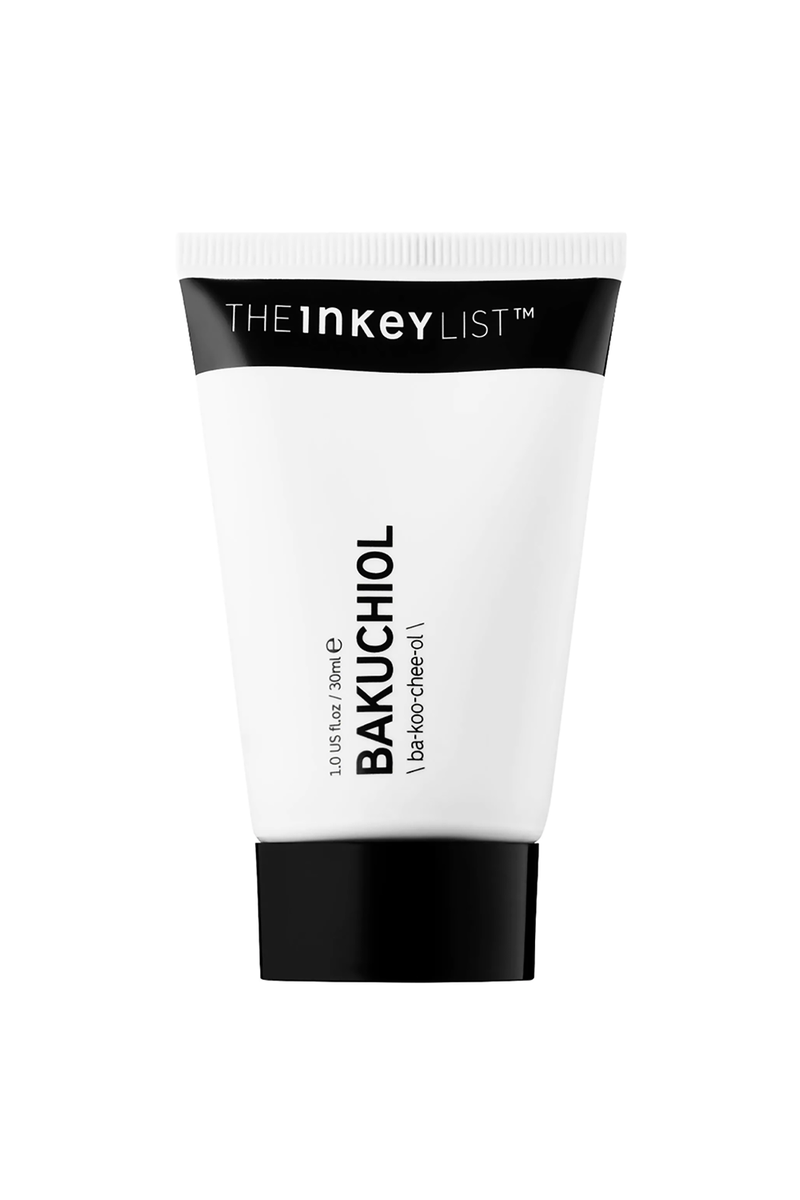
For men and women whose skin isn’t quite suited for retinol, bakuchiol can satisfy your anti-aging and firming needs without the irritating side effects.

This toner has a potent concentration of exfoliating acids that’ll help slough off dead skin for a glowy complexion.
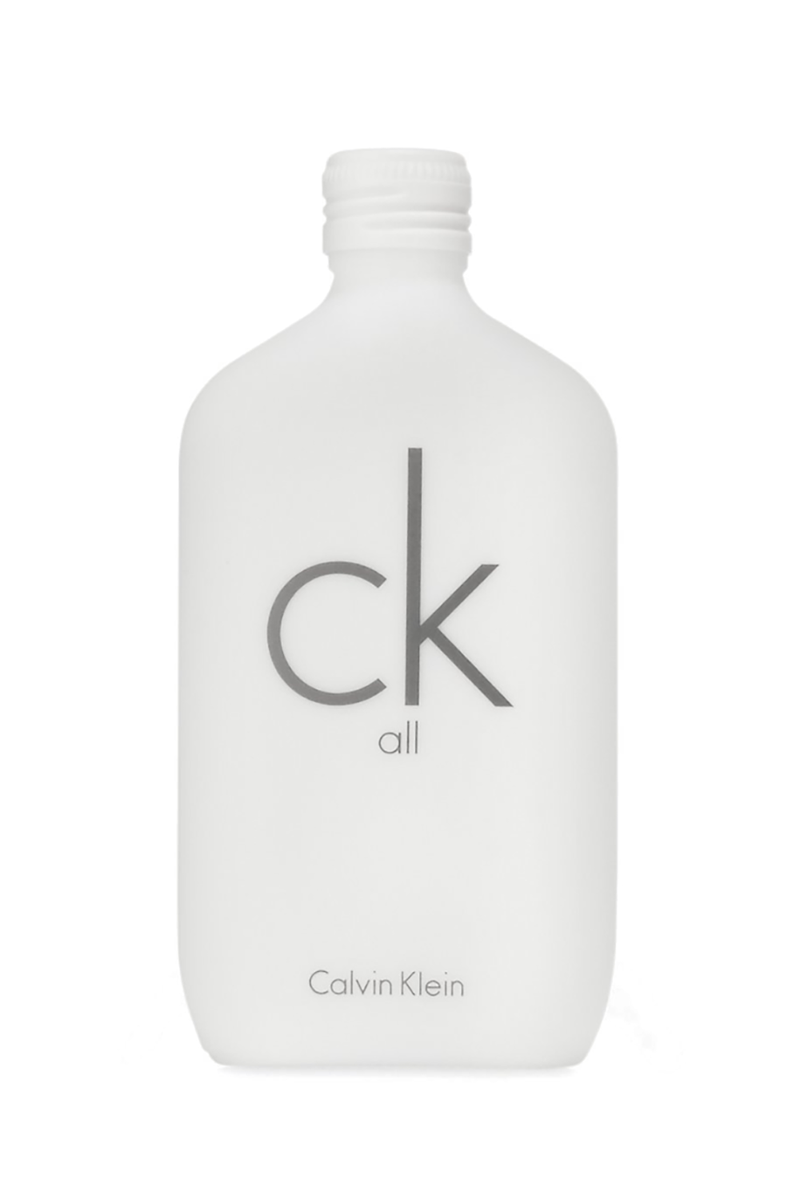
The ultimate universally pleasing fragrance, crystal clean notes of green tea and citrus make CK’s option perfect to be worn by, you guessed it, all.
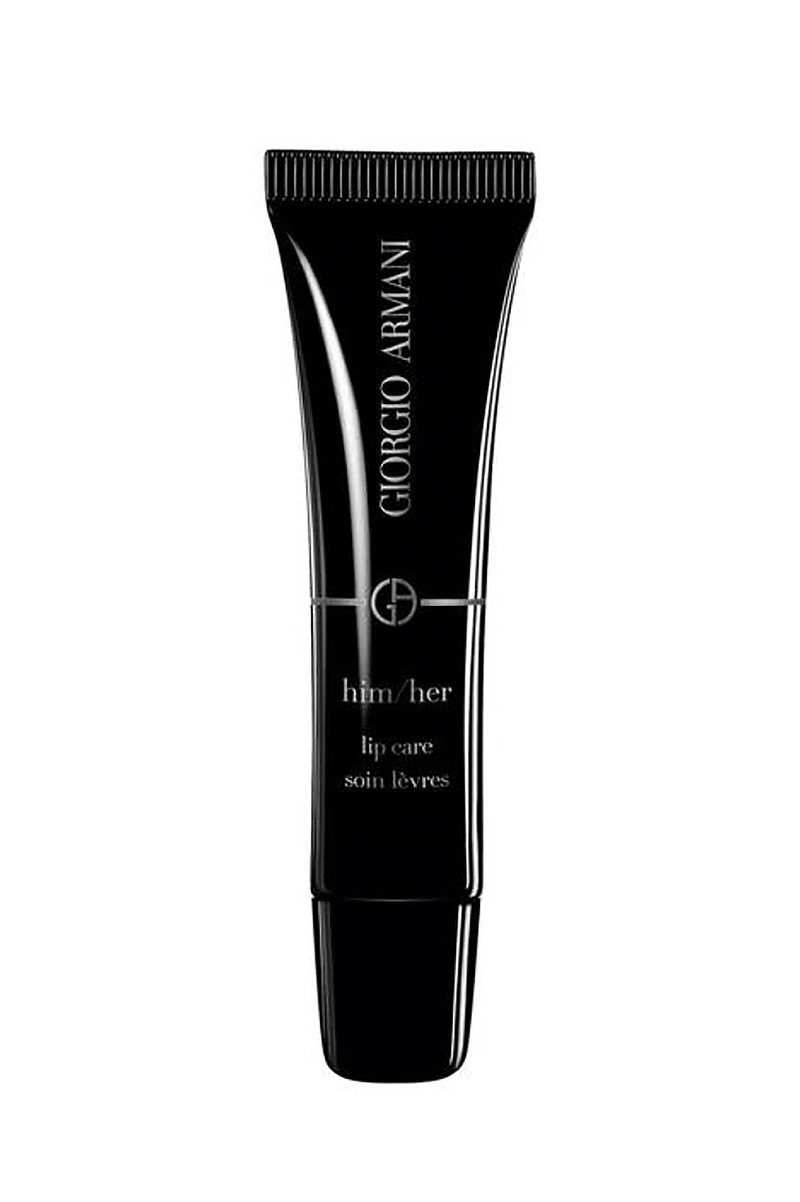
For a "your lips but better" effect, squeeze a dollop of Armani's lip balm to your lips. The clear shade can be worn by all skin types, so you can kiss away without worrying about color transferring.
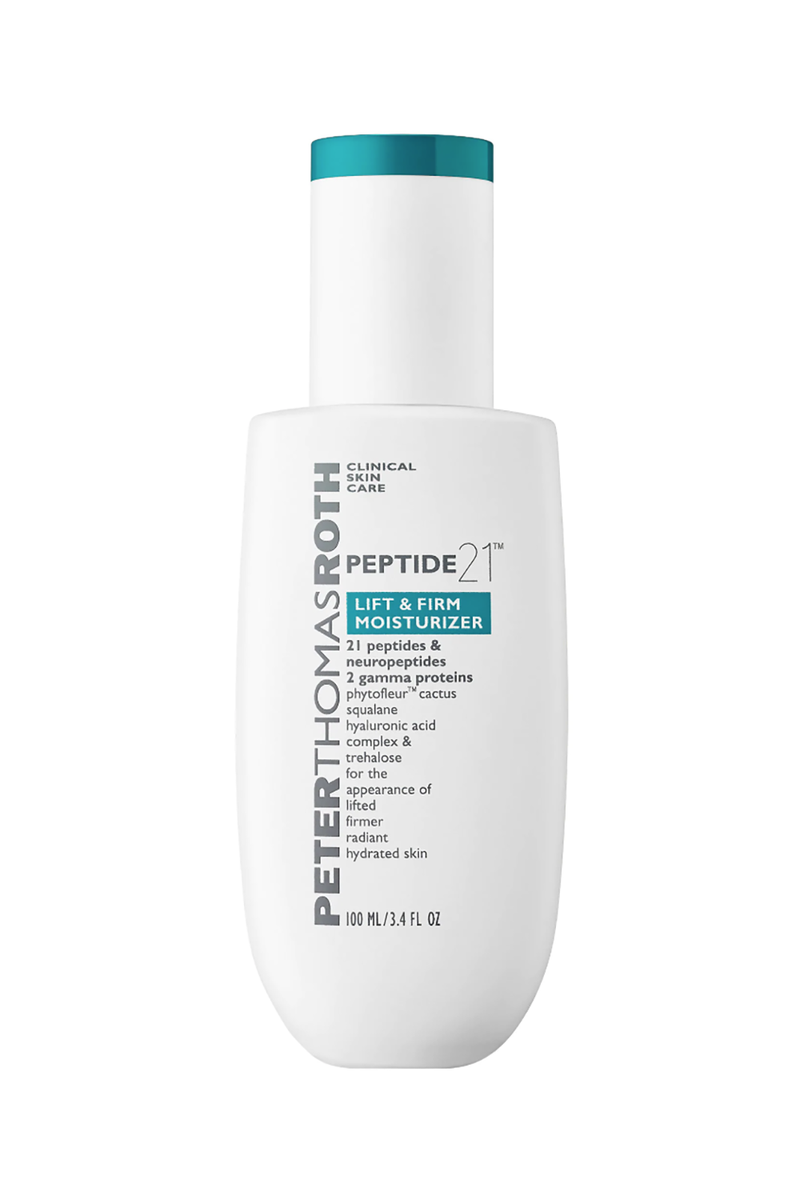
Dry skin (and wrinkles) knows no gender, so we can all benefit from the powerful hyaluronic acid and peptides in this lifting moisturizer.

This purifying shampoo is gentle enough that it won’t strip necessary moisture, plus it's also packed with amino acids to balance your scalp. The refreshing peppermint scent is pretty unoffensive and universal enough to be used by both genders.

Kiehl’s newest is an incredibly gentle product that removes dirt and oil without any harsh irritants. For those who are less willing to go through an entire skincare routine, this cleanser doesn’t even need to be rinsed off; just wipe with a cotton pad.
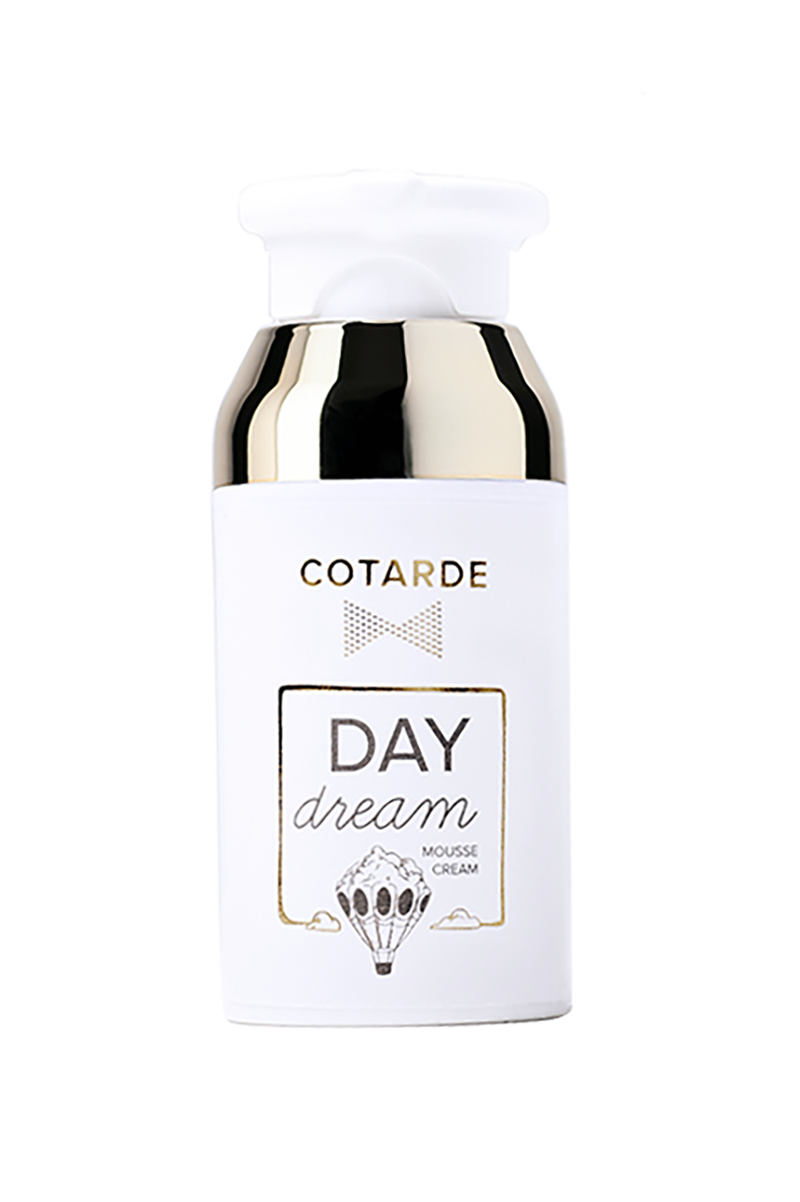
Skin instantly looks smooth and bright once this luxe day cream is applied. The entire unisex line is dedicated to pilots and frequent travelers, making it perfect for those who regularly find themselves exposed to dry cabin air.
Dermatologist Dr. Audrey Kunin agrees: “Skincare needs are the same for both genders. Short of the fluff involved with scents and colors, the majority of personal care needs are unisex. The addition of more feminine floral fragrances or color additives versus those that are perceived as more masculine, such as musks or forest scents, are often the only delineators.”
Take Dove, a widely used brand of skincare. Though many of their products are unisex, they also have a branch called “Men+Care” made specifically for men. They also have certain products catered to women, such as the Purely Pampering Sweet Cream and Peony Beauty Bar. Comparing this product with the Men+Care Extra Fresh Body and Face Bar, they’re mostly similar. The ingredient list is nearly identical, except that the women’s product has more oils, such as sunflower and argania spinosa kernel for their anti-aging properties, and added scents.
And if that isn’t enough to sway you, we asked the beauty chemists themselves. “While the average male and female skin has some differences, we all have different skin so formulating for the ideal man or ideal woman is not feasible,” says chemist Perry Romanowski. “In the end, these products are suitable for both genders. There are factors that marketers believe are better liked by males and vice versa. But as far as the function of the product goes, there is little to no difference. The bottom line is that any product could be a unisex product...they are just marketed in a way that makes them more desirable to one gender over the other.”
RELATED STORY
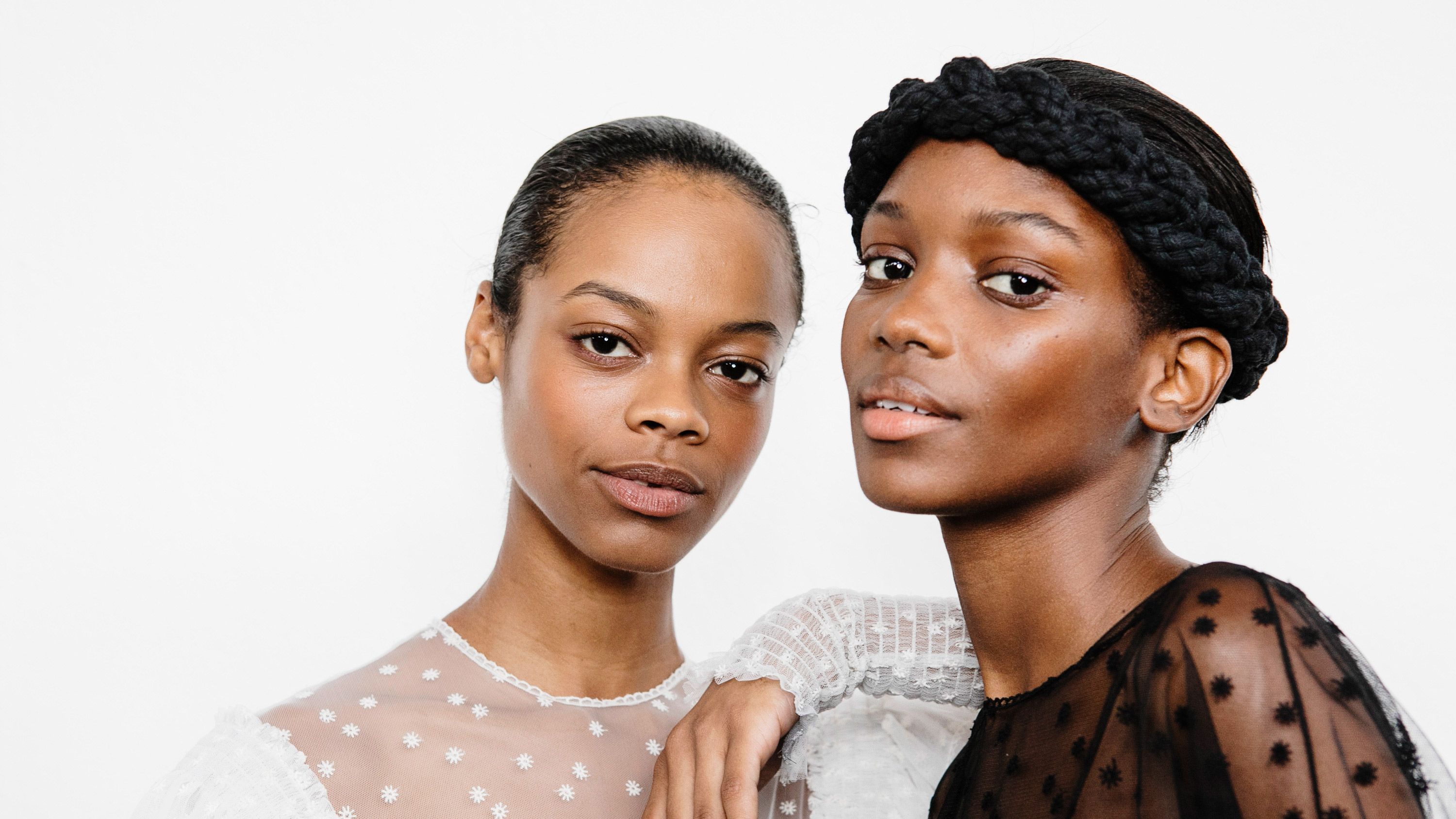
It’s worth mentioning that gender-segregated beauty can be problematic, especially for people who don't particularly identify with either set of messaging, or with either gender. It also questions what adjectives we prefer to see assigned to males and females. Brands like War Paint for Men recently earned some heat on Twitter for releasing a makeup advertisement with overly aggressive imagery, like tattoos and skulls, leaving some users wondering why the brand had to try so hard to maintain their "maleness."
Luckily, the beauty industry is beginning to take note. Many brands are coming out with sleek packaging and a neutral color palette that is undeniably unisex. (see: Inkey List, Dermalogica, First Aid Beauty, and Youth To The People). Instead, there’s a greater focus on the actual skincare formulations, because isn’t that what really matters? Products should be hyper-specialized for certain issues rather than someone’s given gender.
According to Inkey List founders Mark Curry and Colette Newberry, “Men and women should not be separated when it comes to beauty. We believe everyone’s skin needs are different and products should not be based on gender, but on things that impact your skin, whether it be age, environment, lifestyle, or genetics.”
In essence, skincare is skincare. Though men's and women’s skin are slightly different from each other, everyone’s skin is slightly unique, anyway. Oiliness, dryness, photodamage, and acne affect people of all races and genders. There's no reason anyone can't use any product if it satisfies a need for them.
RELATED STORY

You don’t have to let marketing norms define you or your beauty/grooming purchases. If you would like your deodorant to intimidate with an aggressive title, more power to you. And likewise if you enjoy the lavender fragrance of that pink, floral shampoo bottle.
You do you.
For more stories like this, including celebrity news, beauty and fashion advice, savvy political commentary, and fascinating features, sign up for the Marie Claire newsletter.
RELATED STORIES


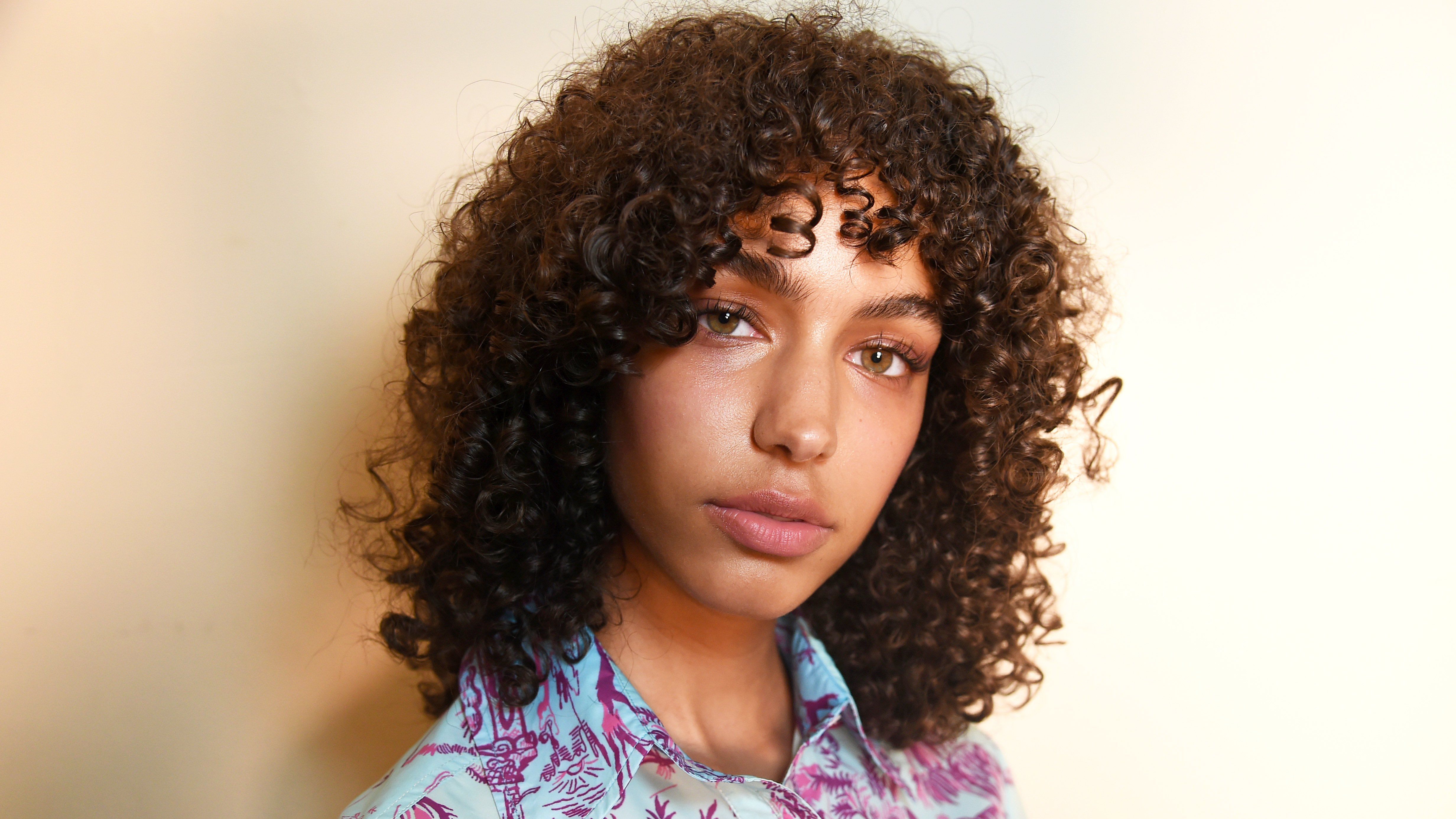
Get exclusive access to fashion and beauty trends, hot-off-the-press celebrity news, and more.
Hana Hong is the beauty assistant at Marie Claire, where she covers skincare, makeup, and haircare, and is identifiable by her signature cateye.
